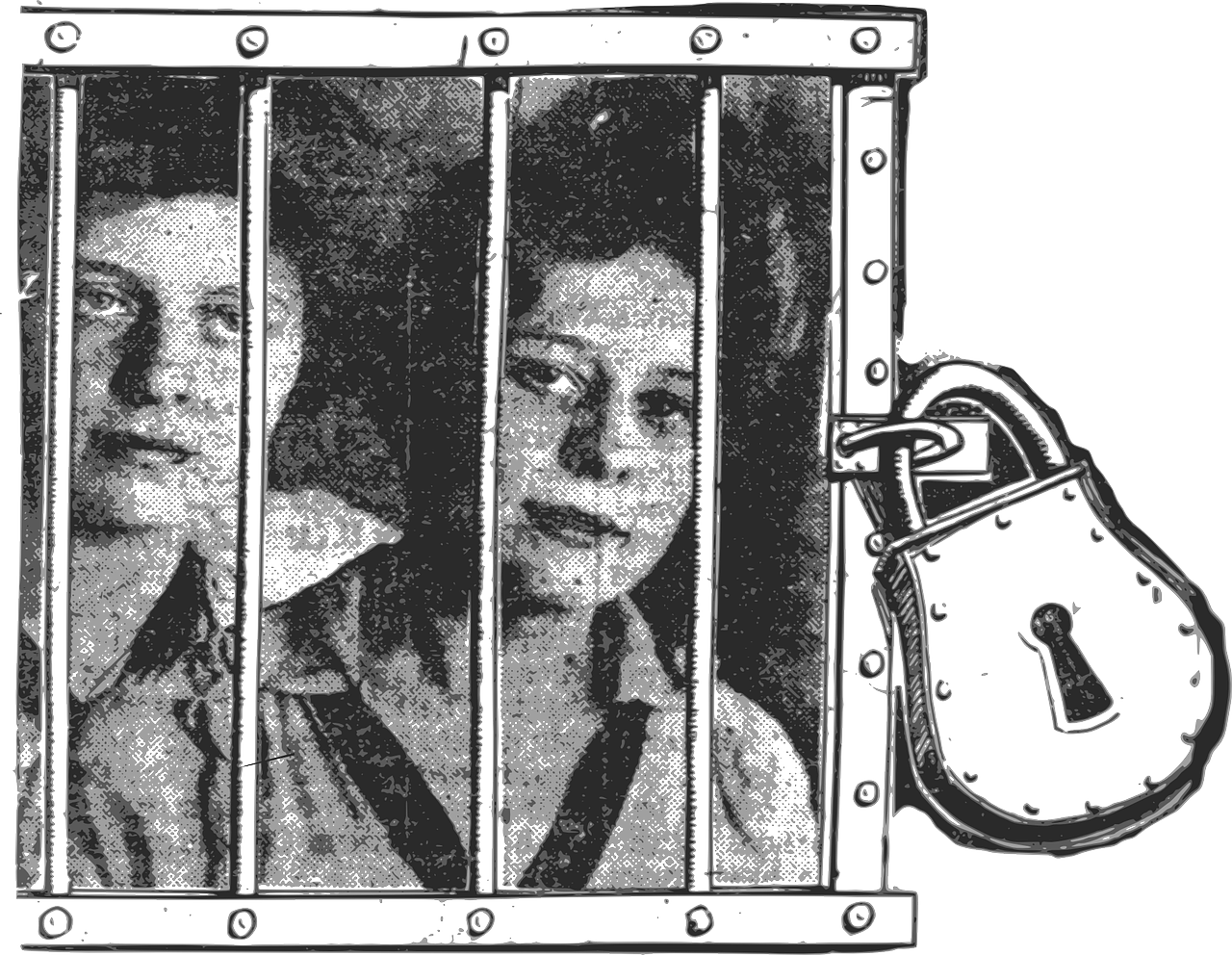Recently, the national conversation about mass incarceration has turned local, focusing on county and city-run jails that act as incarceration’s front door. A missing element to that discussion, however, is the fastest growing correctional population: women.
By Kristine Riley and Elizabeth Swavola.
As revealed in a new report – Overlooked: Women and Jails in an Era of Reform – by the Vera Institute of Justice and the John D. and Catherine T. MacArthur Foundation’s Safety and Justice Challenge, the number of women incarcerated in local jails has grown 14-fold since 1970.
While incarcerated women share many of the same experiences and characteristics of incarcerated men, women can experience incarceration and its collateral consequences in unique ways. Unlike incarcerated men, women are often single parents and enter jails with higher rates of mental illness. Because women earn less and are less likely to have full-time employment before their arrest, bail, fines, and fees can be even more devastating to them. This is especially true for women of color – almost half of all black and Latina women have zero or negative net wealth.
Once women enter the criminal justice system, they often encounter policies, programs, and services designed for the majority of the people moving through it: men. Standard practices and procedures for law enforcement and correctional staff can create or reignite traumatic experiences for these women, the majority of whom come into the justice systems having experienced high rates of violence and are at higher risk of experiencing sexual violence in custody.
Shifting attention and resources away from policing minor offenses and leveraging existing community resources and services can provide opportunities to intervene early on during anyone’s experience with the justice system and safely address her needs in the community. These approaches can especially benefit women. Some jurisdictions – including the twenty that are participating in the Safety and Justice Challenge – have been able to implement reforms at the very front end of the criminal justice process to divert individuals away from incarceration, minimizing the harm that can accompany even a short stay in jail.
Overlooked: Women and Jails in an Era of Reform
Decline to arrest
According to the most recent national data, 82 percent of women are in jail for nonviolent offenses, and cities are increasingly rethinking the need to use jail as a response to these crimes. In 2007, the Baltimore Police Department adopted a policy of declining to arrestpeople for low-level, quality of life offenses. A report on the women held in Baltimore City’s jail found that in 2010, the number of women had declined by 15 percent as compared to 2005. Similarly, following the success of the City of Philadelphia’s decision to decriminalize small amounts of marijuana, the mayor signed a directive for officers to issue civil citations– instead of criminal violations – for certain low-level offenses, such as disorderly conduct and failure to disperse. The city projects the strategy will divert more than 10,000 cases out of the criminal system annually.
Pre-arrest crisis intervention for people struggling with mental illness
On average, 32 percent of women in jail have a serious mental illness – more than double the rate of men in jails and six times the rate of the general public. In Tulsa, Oklahoma, the police and other first responders can call Community Outreach Psychiatric Emergency Services (COPES) for assistance with people experiencing mental health crises in the community. COPES provides mobile crisis intervention services and can refer people to community-based treatment when needed. Between July 2014 and June 2016, COPES received more than 10,000 calls for service. Of those calls, 3,900 were for women, and only 3 percent of those calls resulted in women being taken to jail.
These programs are examples of opportunities for stakeholders to divert women away from incarceration and allow them to remain in their communities. In addition to decreasing the harm caused by prolonged justice-system involvement, community-based programming and services can offer respite to the constant economic disadvantages in women’s lives that so often affect their children. Though establishing these strategies may take considerable effort, reducing the number of women held in jails is achievable and an essential component of creating safer communities.
[divider] [/divider]





